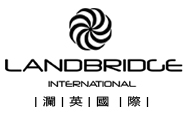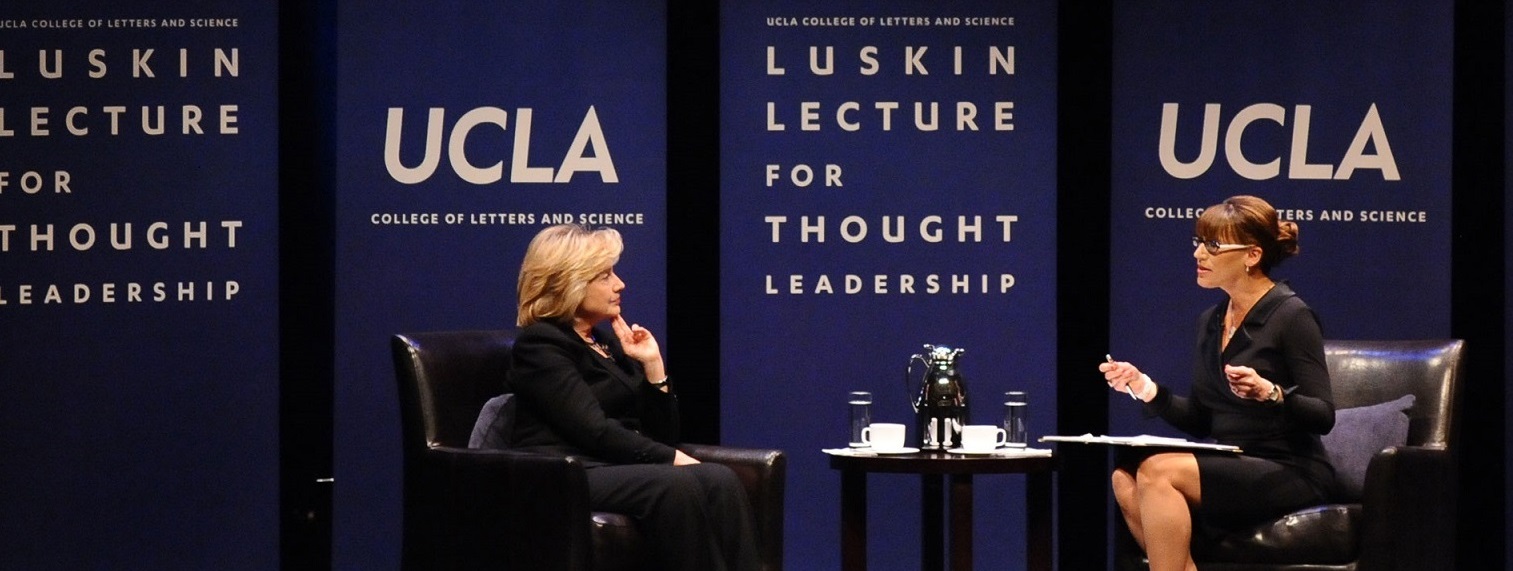What makes a jellyfish glow? For scientists, asking that simple question led to a powerful new tool that’s completely transformed medicine — and won the Nobel!
是什么让水母发光?对科学家来说,随着这个简单的问题的提出产生了一个强大的新工具,它彻底改变了医学——并获得了诺贝尔奖!

In 2007, researchers at UC San Diego watched breast cancer cells migrate in real time. In 2009, scientists at UC Davis and Mount Sinai School of Medicine captured video of HIV spreading between immune cells. Biological processes that were once hidden from us can now be lit up like a firefly, and it’s all possible thanks to an experiment that was tossed down the drain.
2007年,加州大学圣地亚哥分校( UC San Diego)的研究人员观察到乳腺癌细胞实时迁移。2009年,加州大学戴维斯分校(UC Davis)和西奈山医学院(Mount Sinai School of Medicine)的科学家们拍摄了艾滋病毒在免疫细胞间传播的视频。曾经对我们隐藏的生物过程现在可以像萤火虫一样被点亮,这一切成为可能,多亏了一项跟下水道有关的实验。
In 1960, Osamu Shimomura wasn’t trying to revolutionize science — if he had been, he might not have started by studying jellyfish. Shimomura was a young researcher with a simple question: What made the crystal jelly, Aequorea victoria, glow bright green when agitated?
1960年,Osamu Shimomura并没有试图给科学带来革命性的变化——如果他曾经尝试过,他可能不会从研究水母开始。Shimomura是一位年轻的研究者,他提出了一个简单的问题:是什么使水晶水母Aequorea victoria在游动时发出亮绿色的光?
His attempts to isolate a luminescent luciferase enzyme from the jellyfish were only partially working. After various tweaks in the lab, he was only able to produce a low glow from samples isolated from the jellyfish, so he dumped the samples into a sink to clean up for the day. When the fluid hit the sink, there was a sudden bright blue flash.
他试图从水母中分离出一种发光的荧光素酶,但只取得了部分成功。在实验室里做了各种各样的调整之后,他只能在从水母中分离出来的样品里找出微弱的辉光,所以他把样品倒入水池中以清洁一天的工作。可当液体流入水槽时,突然出现一道明亮的蓝光。
Shimomura quickly found that it wasn’t the sink itself, but sea water — specifically the calcium in the sea water — that reacted with the samples from the crystal jelly to create the blue flash. But there was a further mystery: Crystal jellies glow green, not blue.
Shimomura很快发现,并不是水池本身,而是海水——特别是海水中的钙——与水晶水母的样本发生反应,于是产生了蓝色闪光。但还有一个更深层次的谜团:水晶水母是绿色的,而不是蓝色的。
Shimomura hypothesized that there was an additional compound in the jellyfish that was absorbing the blue light and then emitting green light. This compound turned out to be a unique protein that Shimomura named Green Fluorescent Protein, “GFP” for short.
Shimomura推测,水母体内有一种额外的化合物,可以吸收蓝光,然后发射绿光。结果证明这种化合物是一种独特的蛋白质,Shimomura将其命名为绿色荧光蛋白,简称GFP。
A flash of brilliance
灵光一现

In the mid 1980s, Martin Chalfie of Columbia University was working with transparent roundworm, C. elegans, attempting to study where certain genes were expressed in the worm.
上世纪80年代中期,哥伦比亚大学的Martin Chalfie研究秀丽隐杆线虫(C. elegans),试图研究某些基因在蠕虫体内的表达。
By that time, finding genes in an organism’s DNA was getting much easier, but figuring out what the gene was responsible for, and where the gene was expressed, was quite challenging.
从那个时候开始,在一个生物体的DNA中发现基因变得容易多了,但要弄清楚这个基因是负责什么的,以及这个基因在哪里表达,还是相当有挑战性的。
After attending a lecture that happened to mention GFP, Chalfie had a moment of inspiration: Because GFP is a protein, he could insert the DNA sequence that encodes for GFP into the roundworms’ DNA, and have them express the glowing protein along with any gene he was studying. The glow would serve as a marker to show where genes were being expressed.
在参加了一场关于GFP的演讲后,Chalfie灵机一闪:因为GFP是一种蛋白质,他可以将编码GFP的DNA序列插入蛔虫的DNA中,并让它们将这种发光的蛋白质与他正在研究的任何基因一起表达出来。这种发光可以作为一种标记来显示基因在哪里被表达。
Chalfie’s method worked. Suddenly, invisible processes were made visible, opening up a new world of biological and medical research.
突然间,Chalfie工作的方法,原本看不见的过程变得可见了,这开辟了一个生物和医学研究的新世界。
All the colors of the brainbow
彩虹的所有颜色

While GFP opened the door, it had limitations. It faded too quickly for some research, and it only came in one color. Roger Tsien, a biochemist at UC San Diego, took GFP and developed new variations that were brighter and glowed in an array of different colors, which Tsien endowed with whimsical names, like “Monomeric banana” and “Tandem dimer tomato.”
虽然GFP打开了这扇门,但它也有局限性。对某些研究来说,它褪色得太快了,而且只有一种颜色。加州大学圣地亚哥分校的生物化学家Roger Tsien采用了绿色荧光蛋白,开发出了更亮的新变种,能发出各种不同颜色的光,Tsien给它们起了一些古怪的名字,比如“单体香蕉”和“串联二聚体番茄”。
Having an array of colors of GFP allowed researchers to observe multiple processes at the same time, with higher precision than ever before. Researchers at Harvard used the multicolor approach to map individual neurons of mouse brains, creating an iconic image known as the “brainbow.”
拥有一系列的绿色荧光蛋白使研究人员可以同时观察多个过程,比以往任何时候都要精确。哈佛大学的研究人员使用多色方法来绘制老鼠大脑中单个神经元的图谱,创造了一个被称为“脑弓”的标志性图像。
In 2008, Shimomura, Chalfie and Tsien shared the Nobel Prize for the discovery and development of GFP. In an era marked by increasing focus on applied research, it’s worth remembering that a scientific revolution started with basic research, agitated jellyfish and an experiment that was tossed down the drain.
2008年,Shimomura、Chalfie和Tsien因发现和发展绿色荧光蛋白而共同获得诺贝尔奖。在一个对应用研究越来越重视的时代,值得记住的是,一场科学革命始于基础研究、游动的水母和被扔进下水道的实验。




